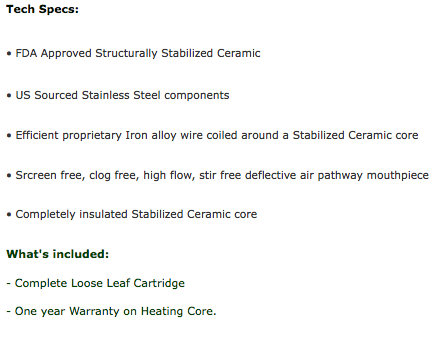im not sure why you think I dont agree there are welds on the cap, thats blatantly obvious there are.
and yes the unit had fell over from standing up on the button.
the strap is what failed on my unit, not the weld.
imo the reason the strap failed is because it got pinched between the cap and body during asembly.
I'm not sure why you can't comprehend this.
OK, thanks for clearing the 'it's welded all right' part up. Up until now you've fooled me by not mentioning that you understand that the design really does use a weld not some sort of "press fit" scheme.
Even though I pointed to it more than once.
I agree such a minor fall probably didn't break the glue bond, but as I said that's the
only other time that glue has failed that I'm aware of. Having that ring knocked around by falls is another reasons setscrews aren't used there, the screw holes would take the shock of the battery hammering into the switch in an end drop since the load would be concentrated to a single point.
I get that you think the strap would works better in two pieces (the main part and the welded on end) pressed together rather than one continuous strip, I just don't agree. IMO that's not the way conduction works. My experience with such things is that the oxides and other problems will center on the weakest part, raise the temperature and get worse over time. Welding is intended to stop that kind of action. If you wanted to depend on contact there you'd use the stuff normally used for contacts, not raw copper which is basically never used.
BTW, have any luck reading the strap resistance in any meaningful way? Since you're looking for mili Ohm resolution, common DMMs are basically useless. You need a purpose built low range Ohm meter. One where the current path doesn't include leads, switch contacts and the like. So called "four point" systems, sometimes called 'Kelvin clip' for reasons I don't understand. The best we can do with common gear is to measure the voltage drop up the strap, from ring to screwplate retainer screws, under known currents. Look for something pretty trivial, around .1 Ohms, about what the switch contributes, 1/4 or 1/5 the total?
I think the strap got torn in half when the ring came loose, I've seen them disassembled still intact (remember, there were many strap failures at the top?). Those came out still welded, so it IMO would be a freak at best that the torn ends still made good contact. It did work at first, right? Freaks happen, of course.
I comprehend the idea, I just don't think it holds as much water as you do. Which is fine?
OF






